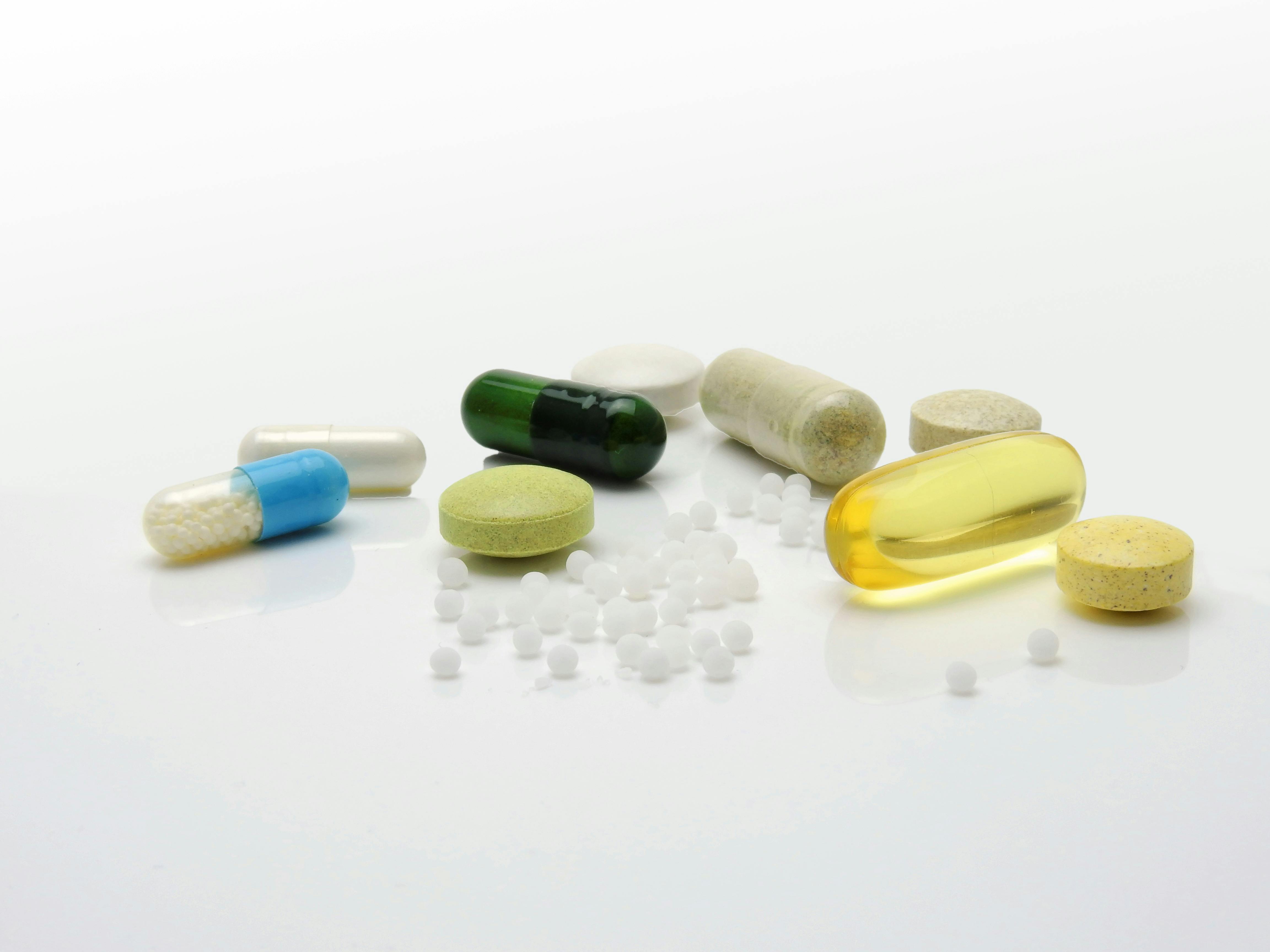How to Heal a Blood Clot
Disclaimer: Some of the information below contradicts the claims made in another post I made titled “Killers of the Heart.” The claims highlighted in this post represent the mainstream perspective on blood clots. On the other hand, “Killers of the Heart” provides unconventional viewpoints on cardiovascular disease.
How was your day today? What did you do? Perhaps you went for a steady walk in a pretty-looking park. Maybe you went surfing on the cool waves on the beach. Or, more realistically, perhaps you just came home from work. Otherwise, you’re at your dreadful job surrounded by grumpy employees under a hot-headed, incompetent boss. If so, you are not working (I understand). Chances are, nothing out of the ordinary has occurred for days, even weeks. Thus, you routinely carry out your day. Then to conclude your day, you go to sleep.
You wake up in the morning with a slight pain in your left leg. You are not concerned, until the pain intensifies. It hurts bad enough to make walking difficult. As best as you can, you get in your car and drive to an urgent care facility. After being examined by a doctor, you are informed that you have a DVT.
So you ask the doctor, “What is a DVT?” He tells you that it stands for “deep vein thrombosis.” Deep vein thrombosis? Yes, deep vein thrombosis. Upon hearing this, you further inquire about the significance of the DVT. In layman’s terms, the doctor tells you that you have a clot in your left leg. At the end of the ordeal, the doctor puts in the appropriate prescription into your medical record. The doctor then tells you to pick up your medication at your local clinic. Stressed, you wonder if you did anything wrong.
In the United States, millions of people take blood thinner medication.
The Origins of Clots
Let us rewind time to pinpoint the origin of the clot. How, exactly, do clots form in the first place? Clot formation starts in an artery or vein, as you probably guessed. However, let’s rewind even further back in time to understand the sequence of events that take place before the formation of said clot.
Imagine this: On a Friday night, you are leaving the job you hate. You leave the building, get in your car. Unbeknownst to you at the time, an accident occurs, severely slowing down traffic. Thus, your community that ordinarily takes about 45 minutes takes over 2 ½ hours. Finally after those two dreadful hours, you arrive home. Drained, you order a pizza and binge on a certain popular online movie-streaming service (there’s no need to name names).
For the sake of convenience, many Americans order pizza for dinner occasionally. After eating the pizza, the substances in your blood vessel get sticky. These substances are called palates and LDL cholesterol. The LDL cholesterol molecules trespass into the subendothelial layer of said blood vessel. This causes the vessel to become inflamed. A copious amount of white blood cells in the endothelial space gets filled with the invading LDL molecules.
From this, a frenzy of enzymes and free radicals are produced, resulting in the formation of plaque. The muscle cells in the artery walls form a cap over the plaque. The excessive inflammation of the vessel causes the cap to weaken. Then, the lining of the cap is thin enough for it to be ruptured by the sheer force of blood. Afterwards, plaque content moves into the flowing blood. It blocks the inside of the vessel. The blockage grows into what we call a clot. Thus, the clot forms. When about 70% of the artery is blocked, symptoms of said clot, such as pain, occur.
Clot Risk Factor
Now that we’ve covered the how of clot formation, let’s talk about the why. Why do clots form? Well, according to Dr. Caldwell B. Esselstyn Jr., who received his B.A. from Yale University and his M.D. from Western Reserve University, clot formation is a consequence of a particular diet. This author of the book Prevent and Reverse Heart Disease states that the typical American diet is what creates the optimal physiological environment for the formation of clots. What does he mean by “typical American diet”? This is a diet that consists of caffeinated coffee, diary, fish, fowl, meat, and oil.
These foods are part of the stereotypical American diet. At this point, you may be asking, either inquisitively or suspiciously, “How does this doctor, who is not well known, know this?” Well, there was an interesting study on multiple groups of people, which include the rural Chinese and Tarahumara Indians. These people had arteries that were remarkably clean by American standards. What’s the diet of these groups? Plant-based.
Clot Reversal
Now, you may be wondering if blood clots can be reversed. The answer to this question is ‘yes.’ You can reverse blood clots by strengthening the cap over the plague. Dr. Caldwell states that you strengthen the cap by increasing the level of nitric oxide (NO) in your body. Nitric oxide plays a significant role in the vasodilation of blood vessels. This compound ensures that blood and cellular elements flow smoothly in order to prevent the vessel from becoming sticky. It also deters inflammation from forming in the arterial walls.
What are some of the best foods for increasing nitric oxide? Leafy green vegetables, such as celery, beetroot, and spinach. The nitrates contained in them are converted into nitric oxide. These plants also increased the amount of endothelial progenitor cells (EPCs) when incorporated into a diet in a scientific experiment involving Okinawan women. To summarize, two groups of women were each provided with different diets. Approximately half of them ate what Okinawans typically eat. The other group ate that as well, plus five green leafy vegetables a day. By the end of the experiment, the number of EPCs in the latter group was considerably higher than the number of EPCs in the former group.
Leafy greens are beneficial for cardiovascular health. From this study, along with several other studies, Dr. Caldwell concluded that people with cardiovascular issues, such as heart disease and clots, should eat leafy green vegetables every single day. In fact, he has his patients consume these vegetables multiple times a day, with every meal. He has also encouraged his patients to consume other plant foods, such as whole fruits and vegetables, legumes, lentils, and grains. Consuming these types of foods, along with greens, don’t lead to developing sticky arteries.
All that said, why isn’t this information more readily available to the public? Dr. Caldwell has stated that doctors specializing in cardiovascular medicine simply don’t believe that patients would follow through with the diet. This mindset isn’t totally invalid. You’ve certainly met at least a few stubborn people in your life; people that don’t take useful advice, whether it involves health or not. However, Dr. Caldwell hates failure, and believes that anyone can change their lifestyle with proper guidance and support.

